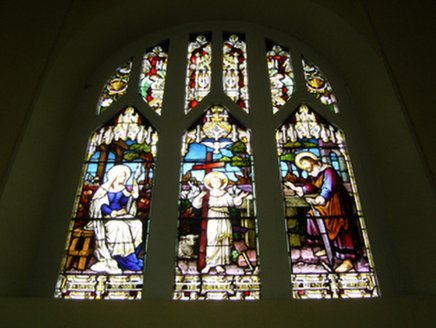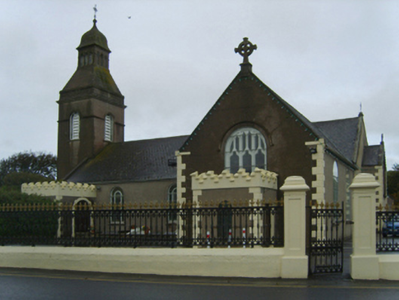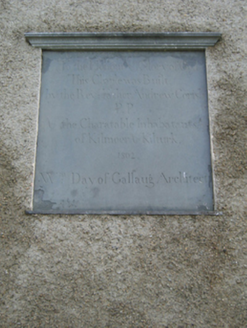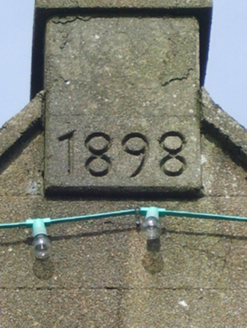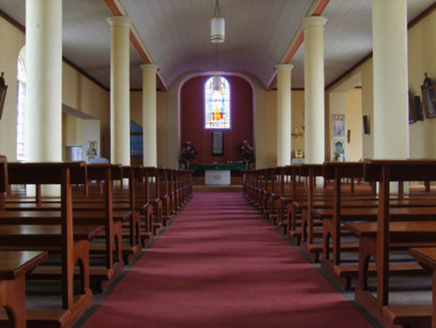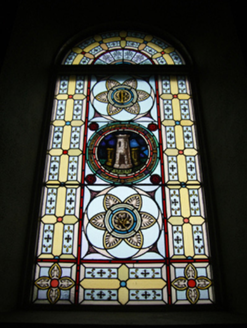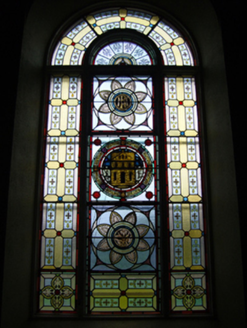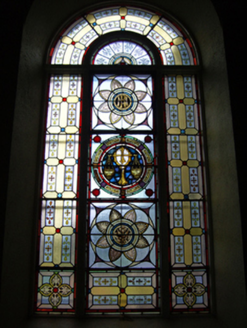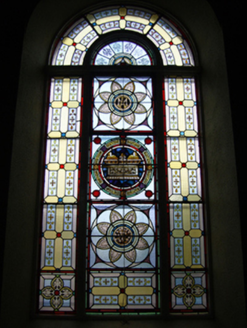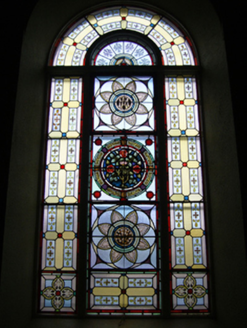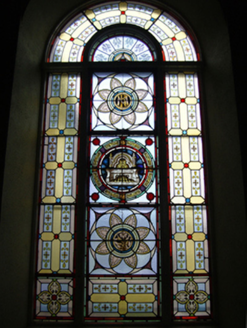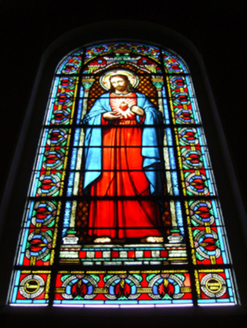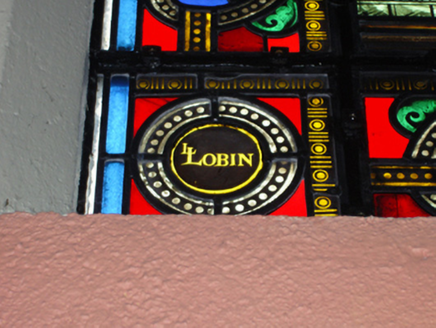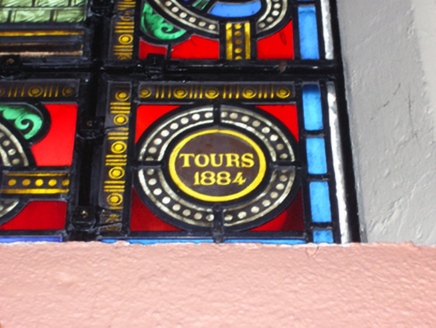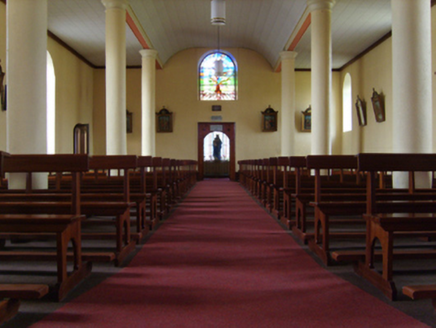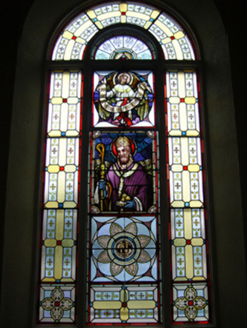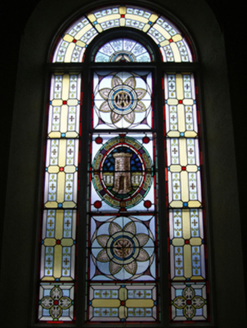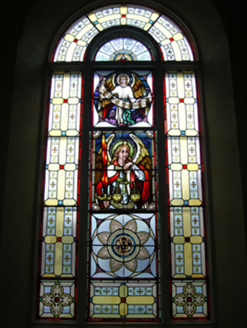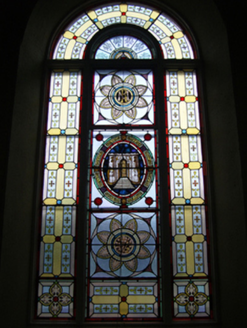Survey Data
Reg No
15620004
Rating
Regional
Categories of Special Interest
Architectural, Artistic, Historical, Social
Original Use
Church/chapel
In Use As
Church/chapel
Date
1795 - 1805
Coordinates
299145, 106696
Date Recorded
21/09/2007
Date Updated
--/--/--
Description
Detached five-bay double-height Catholic church, built 1798-1802; dated 1802, on a cruciform plan originally four-bay double-height single-cell on a rectangular plan comprising three-bay double-height nave opening into single-bay (two-bay deep) double-height transepts centred on single-bay double-height shallow chancel to crossing (east) with single-bay two-stage tower to entrance (west) front on a square plan. "Improved", 1889. Extended, 1898; 1935, producing present composition. Renovated, 1974, with sanctuary reordered. Pitched slate roof on a T-shaped plan; pitched slate roof (east), clay ridge tiles, lichen-spotted coping to gables with date stone inscribed ("1898") Celtic Cross finials to apexes, and replacement uPVC rainwater goods on rendered eaves retaining cast-iron octagonal or ogee hoppers and downpipes. Rendered, ruled and lined walls with rusticated quoins to corners. Round-headed window openings with cut-granite sills, and concealed dressings framing storm glazing over fixed-pane fittings having leaded stained glass panels. Round-headed window openings (transepts) with cut-granite sills, and concealed dressings framing storm glazing over fixed-pane fittings having leaded stained glass panels. Round-headed window opening (east) with cut-granite sill on consoles, and moulded surround framing storm glazing over fixed-pane fitting having leaded stained glass margins centred on leaded stained glass panel. Full-height interior with carpeted central aisle between timber pews, elliptical barrel vaulted ceiling on rendered pillars, paired timber stations between stained glass windows (1898), and carpeted stepped dais to sanctuary to crossing (east) reordered, 1974, with elliptical-headed chancel arch framing stained glass "East Window" (1884). Set in relandscaped grounds with rendered panelled piers to perimeter having stringcourses below capping supporting cast-iron double gates.
Appraisal
A church erected to a design by William Day (1742-1827) of Gallagh representing an important component of the built heritage of south County Wexford with the architectural value of the composition, one originally showing the hallmarks of a period of construction coinciding with the gradual dismantling of the Penal Laws in anticipation of the Roman Catholic Relief Act, 1829, suggested by such attributes as the cruciform plan form, aligned along a skewed liturgically-correct axis; the arcaded profile of the openings recalling the contemporary Catholic Church of Saint Francis of Assisi (1779-90), Wexford (see 15502159); and the curvilinear "cupola" embellishing the tower as a familiar eye-catcher in the landscape: meanwhile, aspects of the composition clearly illustrate the continued development or "improvement" of the church into the early twentieth century with those works attributed to Thomas Joseph Cullen (1879-1947) of Suffolk Street, Dublin (Irish Builder 1931, 766). Having been well maintained, the elementary form and massing survive intact together with quantities of the historic or original fabric, both to the exterior and to the vaulted interior reordered (1974) in accordance with the liturgical reforms sanctioned by the Second Ecumenical Council of the Vatican (1962-5) where vibrant stained glass; and a jewel-like "East Window" signed (1884) by Lucien Léopold Lobin (1837-92) of Tours, all highlight the artistic potential of a church forming part of a self-contained group alongside the adjacent Convent of Saint John of God (see 15620006) with the resulting ecclesiastical ensemble making a pleasing visual statement in a rural village street scene.
